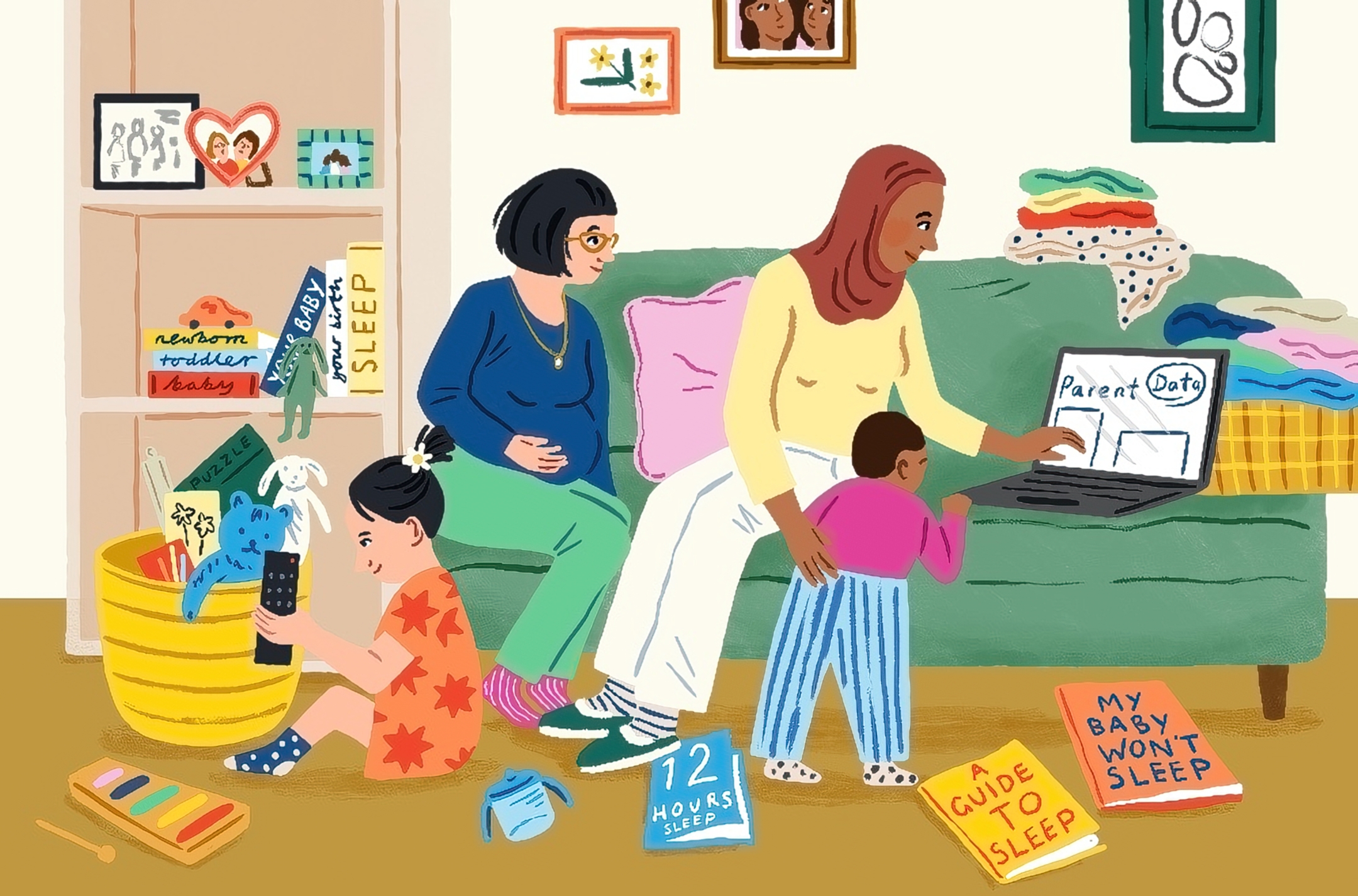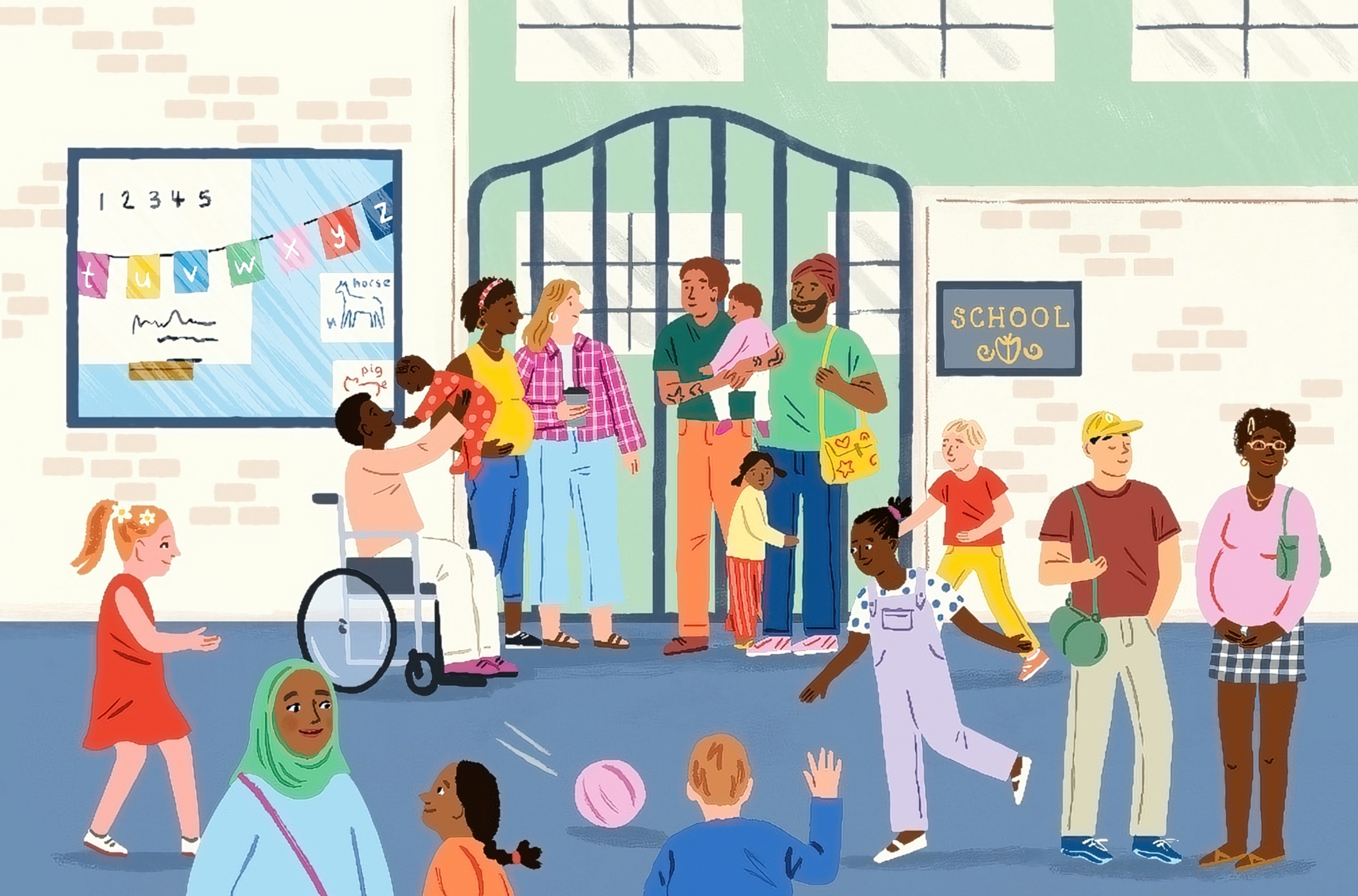Several years ago, a very smart friend, a health researcher, emailed me in some distress in the middle of her pregnancy. She had the flu, she told me, and couldn’t decide whether to take Tamiflu or not. Her doctor had been equivocal — we don’t have ironclad data on its use in pregnancy, although, of course, the flu is also worse for pregnant women. Ultimately, it was up to her. This was a person more equipped than almost anyone I know to use health data to make decisions. The problem was: there was no data.
This problem is repeated over and over again in pregnancy. There are an enormous number of cases where evidence on medications during pregnancy would be incredibly useful, but is missing. SSRIs come to mind as a clear example, along with other medications to treat mental health conditions. Treatments for other chronic conditions — high blood pressure, diabetes, etc. — often come with the same problem.
Women are told things like, “We don’t know for sure about safety, but you should take this if you feel like you really need it.” The narrative makes it seem like women have to choose between their own mental or physical health and the health of their baby, which can feel like an impossible position.

In addition to feeling like an impossible position, this is also just frustrating. Millions of women take medications like SSRIs, diabetes medications, and so on. How could it be that we do not have better information about safety in pregnancy?
One primary reason is that pregnant women are rarely included in clinical trials of new medications. These trials are not only our best source of information on efficacy but also our best source of information on safety. Because pregnant women are excluded, we lack the kind of compelling randomized safety data that typically comes out of these trials.
There are good reasons to exclude pregnant women from clinical trials. The treatments being tested are, by definition, experimental. But there are also good reasons why we might want to include them. And, increasingly, researchers have wondered whether reasonable caution in these trials has, in fact, led to the worst of all worlds. A world in which pregnant women are being prescribed medications anyway but without optimal safety data.
Today, we go inside this debate. First, why pregnant women are often excluded from clinical trials. Second, how we evaluate medication safety in pregnancy without these trials. And, finally, some serious calculations about the trade-offs in changing this policy.
Why are pregnant women excluded from clinical trials?
Pregnant women are generally not included in clinical trials of new medications. There are historical reasons for this. In the late 1950s, a drug called thalidomide was developed in Germany as a sleep aid and sedative. Through the 1950s and 1960s, it was prescribed to many pregnant women in Europe and Canada as a treatment for morning sickness. Unfortunately, when taken at a particular time during early pregnancy, this medication led to severe limb defects in fetuses. This was ultimately recognized, but not before many thousands of babies were affected.
This episode woke people up to the fact that fetuses could be affected by medications that the mother consumed. Largely in response to this, in 1977, the FDA in the U.S. recommended that women of childbearing potential be excluded from clinical trials.
This rule was interpreted very widely to apply to anyone who could be pregnant, which basically included all women of childbearing age. This was an enormous setback for research on women, in general, which is a topic for another day. Researchers fairly quickly realized that excluding women almost completely was a mistake, and beginning in the late 1980s, the NIH began routinely including women in clinical trials. In 1993, a new law made this a requirement: clinical trials are required to include representation from women (this law also required inclusion of minority groups like Black women, who were often recruited at lower rates, even if not explicitly excluded).
Yet even after this change, pregnant women are often excluded from clinical trials of new medications. The primary reason is that pregnant women are classified as a vulnerable population (along with babies, children, and incarcerated people). These populations can be included in trials, but they require many more hoops to jump through. In the case of pregnancy, there are additional considerations about possible benefits, additional requirements about getting parental consent, and others. These hoops make including these populations more challenging and, as a result, they are less often included.
To be clear, there are valid reasons for this exclusion. Pregnant women are a more vulnerable population, and fetuses can be affected by medications during pregnancy. Taking a cautious approach may make sense.
However, there are significant trade-offs. When a new vaccine or medication is tested in trials, researchers recruit a group of individuals, randomly assign some of them to receive the new treatment, and randomly assign another group not to. They follow them over time and look at whether the treatment is effective at preventing or curing the disease.
These studies also look at adverse events to measure the safety of the treatment. Because the treatment is randomized, they can be confident that differences in adverse events are a result of differences in treatment. If such differences are limited, that gives a lot of confidence in the safety of medications.
Pregnancy exclusions mean that for many medications, we do not have the gold standard randomized trial evidence on safety in pregnancy that we have for non-pregnant people.
How are medications evaluated for use in pregnancy?
Without trials, how are medications approved for use in pregnancy? The short answer is that arguments for safety rely on auxiliary evidence. Evidence from animals. Evidence from post-marketing exposure (people who accidentally took the medication and became pregnant). Evidence from observational studies, which simply compares people who took the medication to those who didn’t.
All of these are valuable pieces of data, but they are not as good as randomized trial data because there are other reasons why populations might differ. We may observe that people who take SSRIs during pregnancy are more likely to have children who have mental health struggles, but that may well reflect differences in genetics or other environmental aspects, and not the SSRIs. If we had randomized data, we would not have that concern.
It is important to be clear here. The exclusion of pregnant women from clinical trials has not meant that they do not have access to many medications. The ultra-cautious approach to this situation might be to say that not only will we exclude pregnant women from trials, we will also exclude people from taking medications during pregnancy completely. This would have significant downsides but would mean a consistent approach to caution. Instead, we have caution in trials, but then people still use the medications during pregnancy, just based on (weaker) safety data.
How to evaluate the trade-offs
The alternative to the current system would be to expand the exclusion of pregnant women in clinical trials. The advantage of this would be better data. The disadvantage would be a risk to trial participants.
A paper published in the Annals of Internal Medicine in April 2025, tries to quantify these possible trade-offs, using two examples.
The first is the COVID-19 vaccine. Pregnant women were not included in the initial trials of the COVID-19 vaccine. It turned out that not only is the vaccine safe in pregnancy, but also, pregnant women were an especially vulnerable population during the Delta wave of the virus. However, the exclusion of pregnant women from these trials lowered confidence in the use of the vaccine in that group. Take-up was much lower than in non-pregnant women in the same age group.
The authors estimate that if the take-up had been similar for pregnant women, this would have prevented 8 to 12 percent of maternal deaths and 1 percent of stillbirths over the period from March to November of 2021.
This is a case where there is a clear downside to excluding pregnant women from the trials and no clear reason to do so, at least ex post.
This paper also makes a case, which is more complex, that including pregnant women in trials might be the right thing to do even if there are risks to the baby. To argue this, they go back to the example of thalidomide. Pregnant women were not included in those trials and were then prescribed the medication anyway.
The authors argue that if the initial trials had included 200 pregnant women, this would have resulted in an estimated 33 birth defects among their babies. That would have been enough to make it very clear these medications should not be used in pregnancy, which would have prevented an estimated 8,000 birth defects that resulted from the medications ultimately being prescribed.
This argument gets to the heart of why this is such a complicated question. In that scenario, including pregnant women in the trials could have prevented many birth defects but at the cost of some serious birth defects in people who were in the trial. Ethically, how do we consider this trade-off? It is very unclear.
These two cases, COVID and thalidomide, are very different, largely because the vaccine was safe and thalidomide was not. But before the trial, we would not know that. This is why this is so incredibly complicated. It is complicated even before we get into the question of whether pregnant women would want to opt into trials of new medications, which they would be less likely to do.
Where do we go from here?
The reality is that the current situation feels like the worst of all outcomes. Medications are being prescribed without testing in these populations, but with a lot of confusing messaging. So it isn’t that the caution is leading to them not being used. It’s just leading to them being used with less good safety evidence and leaving those who are pregnant feeling ill-equipped to make choices they are comfortable with.
One approach would be to exclude pregnant women from taking medications at all, which would be extremely cautious but also have many negative consequences. We could also continue with the status quo, accepting that while it has problems, there is no obviously better alternative.
Some researchers have called for an intermediate plan, which would include more pregnant women in trials while prioritizing needed information. There are two important steps in this. The first is to reclassify pregnant women as medically complex rather than vulnerable, which would change the difficulty of including them.
The second is to have a broader conversation about the most important open questions in pregnancy so that those can be prioritized for research. For example, an increasing share of women are using SSRIs or other mental health medications before pregnancy. A thoughtful research agenda would prioritize understanding those medications during pregnancy since so many women are affected.
This is a complicated ethical dilemma and one without a clear answer. But what is clear is that the current system isn’t protecting pregnant women. It’s just leaving them with fewer tools to make good decisions.
Community Guidelines











Log in
I was 8 months pregnant in 2009 during the swine flu outbreak. I developed a cold & cough and went to my GP practitioner and was told there was nothing he could do for me because I was pregnant. 2 days later I went to the ER because I couldn’t breathe ( I had torn a muscle in my rib cage) and I had severe pain radiating down my right arm. ER wouldn’t take me because I was pregnant and booted me to maternity who really did not want a coughing sick person next to new babies. But they did treat me with an antibiotics, muscle relaxers and pain killers. I naturally worried (a lot!) about the baby. I’ll never forget what the old tired midwife told me: sweetie if you can’t breathe your baby is in BIG trouble. GULP.
A gentler nurse explained that I was third trimester so baby was pretty fully formed and able to handle more and I was a hot mess and needed serious intervention. AND that the ER had sent them ( maternity) broken legs before because the owner of the leg was pregnant.
Thank you so much for drawing attention to an incredibly important topic that is near and dear to my personal experiences throughout pregnancy. The lack of data makes it almost impossible for women to make an informed choice about what to do or not to do while pregnant. For example, during my first pregnancy I really struggled with the decision to continue taking ADHD medication—luckily, I have enough experience with interpreting real world / observational clinical trial data to understand “good” research, and I had access to incredibly supportive and well-informed physicians who ultimately helped me feel comfortable with the decision to continue taking medication, but I don’t think this is at all a universal experience.
Seems to me this same logic can (and arguably should) be applied to using actual placebos in vaccine trials for vaccines on the CDC’s immunization schedules.